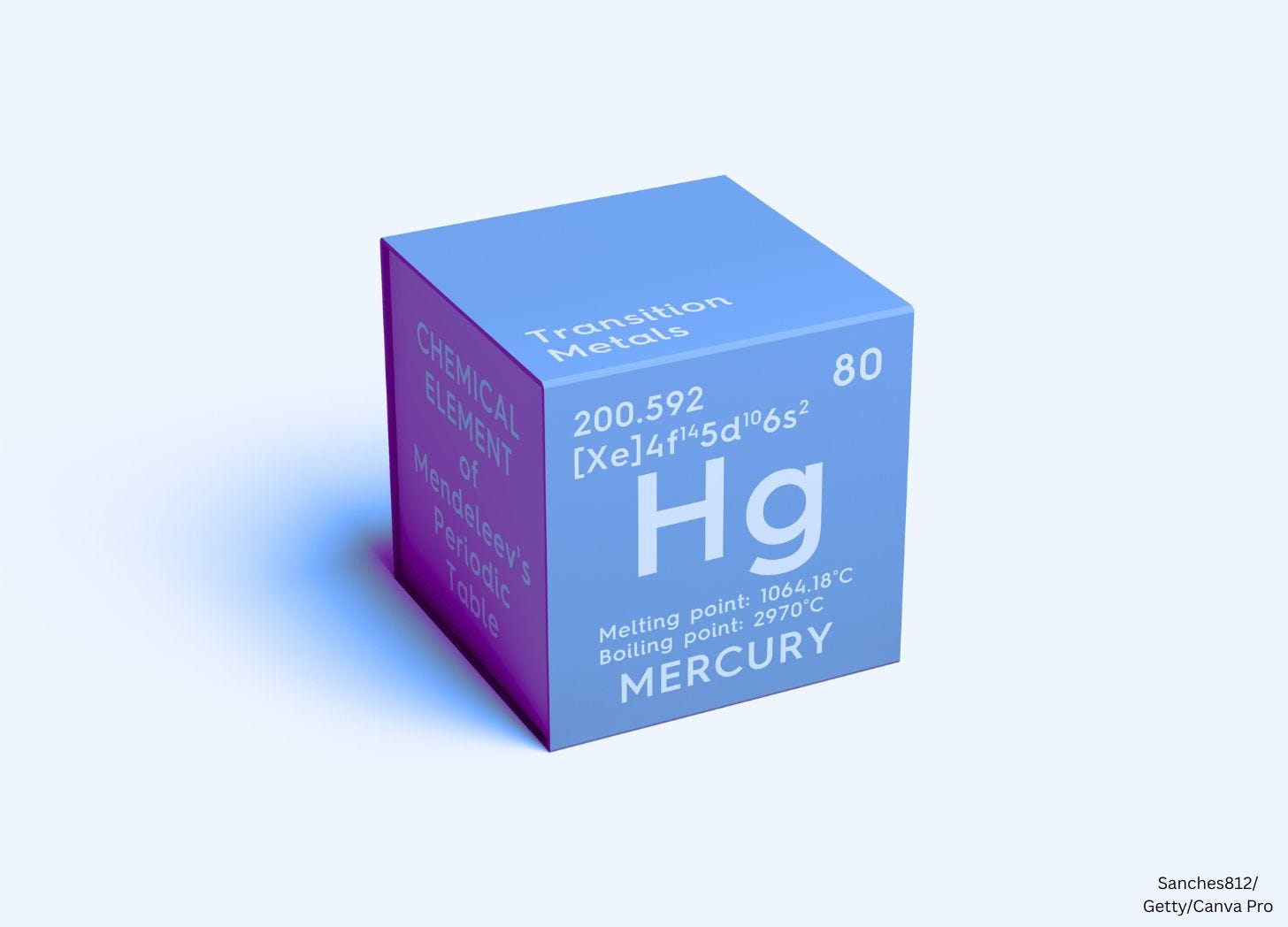New ACIP Panel Votes to Drop Mercury-Containing Vaccine Recommendation
The panel, newly appointed by HHS Secretary Robert F. Kennedy Jr., voted to end its support for flu vaccines that contain the mercury-based preservative thimerosal.
U.S. Health and Human Services (HHS) Secretary Robert F. Kennedy Jr.’s newly reformulated Advisory Committee on Immunization Practices (ACIP) on Thursday voted to recommend that no one get a flu vaccine that contains thimerosal, a mercury-based preservative.
ACIP is a federal advisory committee that reviews scientific evidence and provides expert recommendations to the CDC on the use of vaccines, including which vaccines to use, for whom, and on what schedule.
Three flu vaccines approved for infants as young as six months contain thimerosal: Afluria, Fluzone, and Flucelvax.
The move comes after HHS Secretary Kennedy pulled U.S. funding from the Gates-backed vaccine alliance Gavi, citing a 2017 peer-reviewed study showing the DTP shot “may kill more children from other causes than it saves” and accusing Gavi of ignoring vaccine safety, silencing dissent, and promoting dangerous policies during COVID-19.
Follow us on Instagram @realjonfleetwood & Twitter/X @JonMFleetwood.
If you value this reporting, consider upgrading to a paid subscription.
ACIP’s health-conscious decision was based on a presentation from Lyn Redwood, a former president of the group Children’s Health Defense, which was founded by Kennedy himself.
Redwood’s presentation delivered a sweeping indictment of thimerosal’s continued use, citing decades of scientific evidence, regulatory failures, and toxicity data.
She began by referencing the 1997 FDA Modernization Act, which first mandated a list of products containing mercury.
That list eventually revealed 219 such products, including 11 biologics and immunoglobulin therapies.
Redwood noted that as early as 1999, the American Academy of Pediatrics (AAP) and U.S. Public Health Service had jointly called for the “immediate reduction and elimination” of thimerosal from childhood vaccines, admitting infants were exposed to mercury in excess of federal safety limits.
Despite this, thimerosal remained in flu shots given to children and pregnant women.
She pointed out that no formal pre-licensure safety studies had been conducted on thimerosal before it was introduced into vaccines in the 1930s.
The only cited study, from 1931, tested the preservative on meningitis patients and lacked any toxicity assessment.
Redwood emphasized that thimerosal was “grandfathered in” by the FDA, meaning it escaped modern safety requirements for biological products.
Redwood also highlighted that thimerosal was not considered “generally recognized as safe and effective” (GRASE) for over-the-counter (OTC) use as far back as 1998.
FDA panels found the compound could cause cell damage and allergic reactions, and was “no better than water” in fighting deadly bacteria in animal models.
She then presented evidence that thimerosal is not a reliable preservative.
Multiple vaccine contamination outbreaks have occurred even with thimerosal present, including one in 1982 where Group A strep caused abscesses in children receiving DPT shots from multidose vials.
Redwood also shared a 2023 study showing that while effective antimicrobial concentrations required 100 µg/mL of thimerosal, all tested human and animal cells died at just 4.6 µg/mL.
The authors concluded thimerosal was “333-fold more cytotoxic” to human cells than to microbial targets.
Perhaps most damning was Redwood’s presentation of research on thimerosal’s developmental neurotoxicity.
Animal and human studies showed that exposure to thimerosal—even at vaccine-level doses—can result in mercury crossing the blood-brain barrier and accumulating in brain tissue.
In infant monkeys, injected ethyl mercury (from thimerosal) converted more rapidly to inorganic mercury than ingested methylmercury, leading to increased brain retention.
Once trapped in the brain, the inorganic mercury caused neuroinflammation and developmental damage.
She added that thimerosal has been listed under California’s Proposition 65 as a known reproductive toxicant since 1990, and that doses of thimerosal-containing flu vaccines are considered hazardous waste under EPA standards due to their mercury content—250 times the threshold for classification as toxic waste.
Redwood concluded by urging the committee to act in the interest of the most vulnerable populations.
Despite progress in reducing thimerosal use, she revealed that over 60,000 pregnant women on Medicaid received thimerosal-containing flu vaccines in the 2019–2020 season alone.
She emphasized that thimerosal-free alternatives are now widely available, and that removing a “known neurotoxin” from vaccines for children, pregnant women, and other at-risk groups is a “necessary first step” in “making America healthy again.”
The panel agreed.
With this vote, the Kennedy-appointed ACIP breaks with decades of CDC policy and revives a long-stalled public health debate over mercury in vaccines—this time with a decisive answer: it’s no longer acceptable.
Follow us on Instagram @realjonfleetwood & Twitter/X @JonMFleetwood.
If you value this reporting, consider upgrading to a paid subscription.
For advertising & sponsorship opportunities reaching 230,000+ monthly viewers, contact us by clicking below.








End the CDC Schedule - not 1 shot on the current schedule is safety tested. Not a single 1. @NicHulscher X.
Good. They need to eliminate mercury and aluminum! And formaldehyde etc.